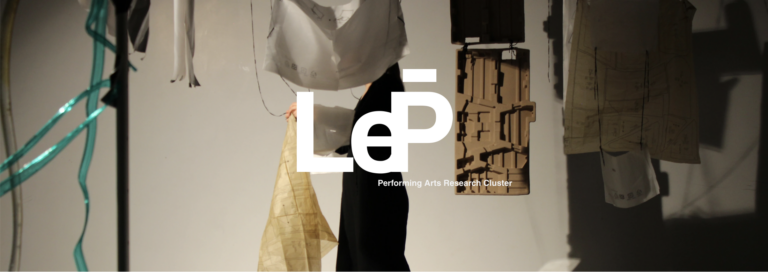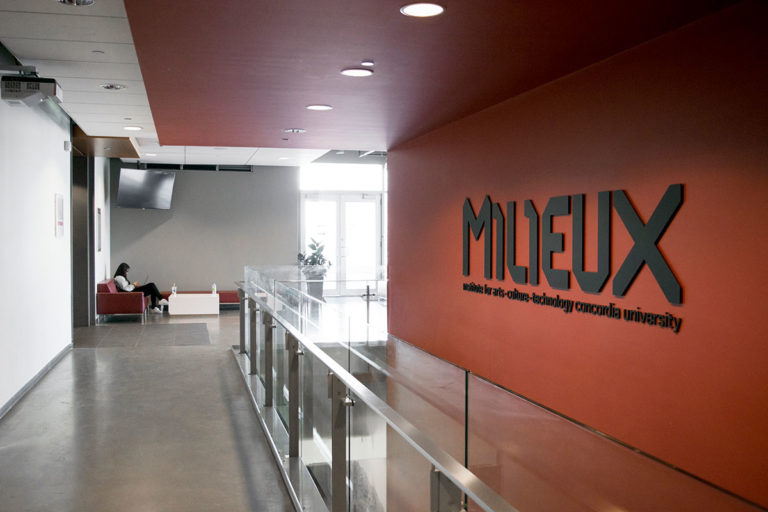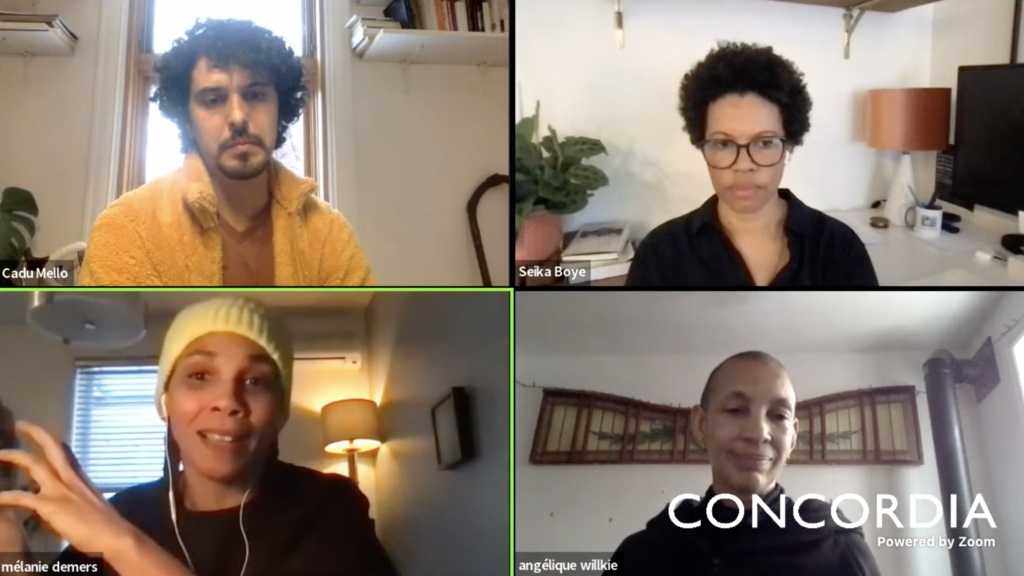
The first event in the ABCs of Dramaturgical Ecologies (DE) series opened with a question: “What is the relationship between my own person and the place I’m situated in?” Angélique Willkie, the principal investigator of the Concordia-based research group, invited us to consider how we relate to the spaces and people around us. This question reflected the intention of the Zoom event, which focused on two keywords circulated by DE researchers: “relationality” and the “body-as-archive.” For a few years now, the Dramaturgical Ecologies group has been exploring the potential of redistributing “agency in dance and destabili current hierarchies in the triad choreographer-dramaturg-dancer.” After carrying out research-creation projects like Against The Blank Canvas and Confession Publique, the group has now turned to asking questions about Blackness and dramaturgy. I must admit that Professor Willkie’s question gave me pause. Although it seemed simple at first, I realized that this question can elicit an infinite array of answers, depending on one’s race, gender, class, geographic location and lived experience. Yet, at the same time, we all share the experience of relationality itself. We do not exist for ourselves; we exist in relation to others, to the lands we walk on, and to the art we create. Looking at the faces in the tiny squares on my screen, I tried to imagine the web and tendrils of relation that sprouted from each; dozens of unique worlds unfolded before me.
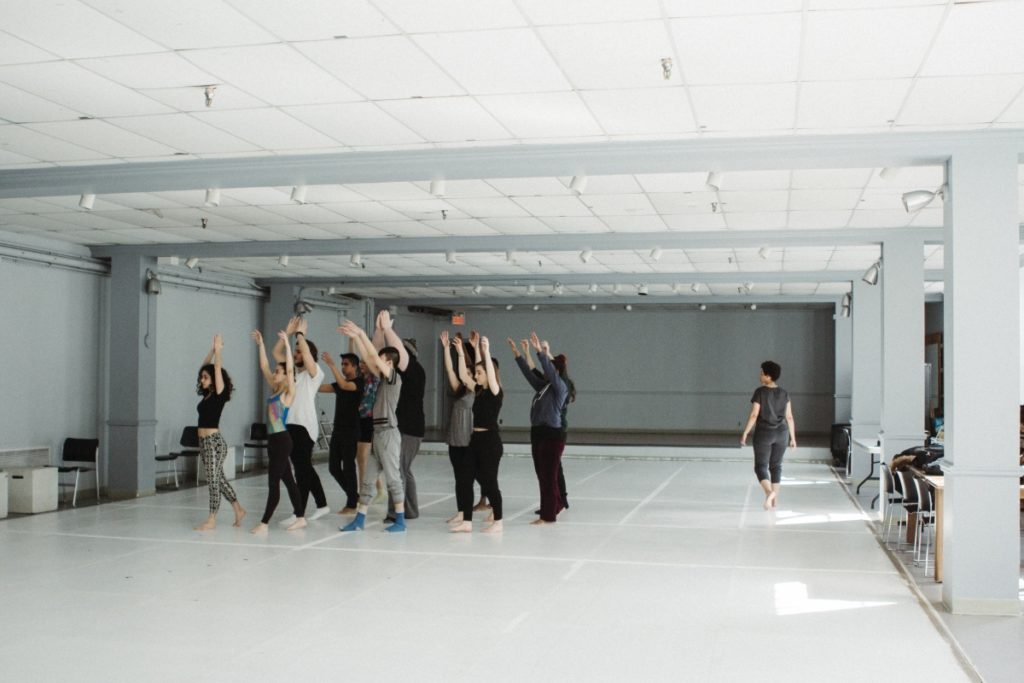
Moderated by PhD student Cadu Carvalho Mello, the event featured a discussion between Dance scholar Seika Boye and multidisciplinary dance artist Mélanie Demers. Mello opened the conversation by giving a summary of both artists’ work: “while it is being created, activates a community of people: Canadian, trans-Canadian, artists, social dance artists, contemporary performers, visual artists, and the artists who were before us – for dance was and is fugitivity.” Mello foregrounded the relation between artist, spectator, and communities, and proceeded to ask Boye and Demers what their work is “related to.” Demers, the founder of the MAYDAY dance company, said her work related to her own chaos, to the “mysteries of the world, my mess, failures, cravings, scars, traumas, identities and quests for freedom.” Boye, director of the Institute for Dance Studies at UofT, replied that she integrates dancing, writing, motherhood, and teaching through “the idea of offering something to be learned.” Interestingly, both artists brought up the circle as a visual representation of their artistic and scholarly practices. Demers described “a circle that goes closer and closer to an absolute,” while Boye described “concentric circles of practice.” I found the circle to be a fascinating shape to think of relationality in art because it signals community, wholeness and return. A singular line oversimplifies the relationship between the self and others, erasing the multiplicity of relations embodied in a community. The circle accounts for the never-ending relations that each subject embodies with the world while allowing us to return to ourselves with all the things we learned from others.
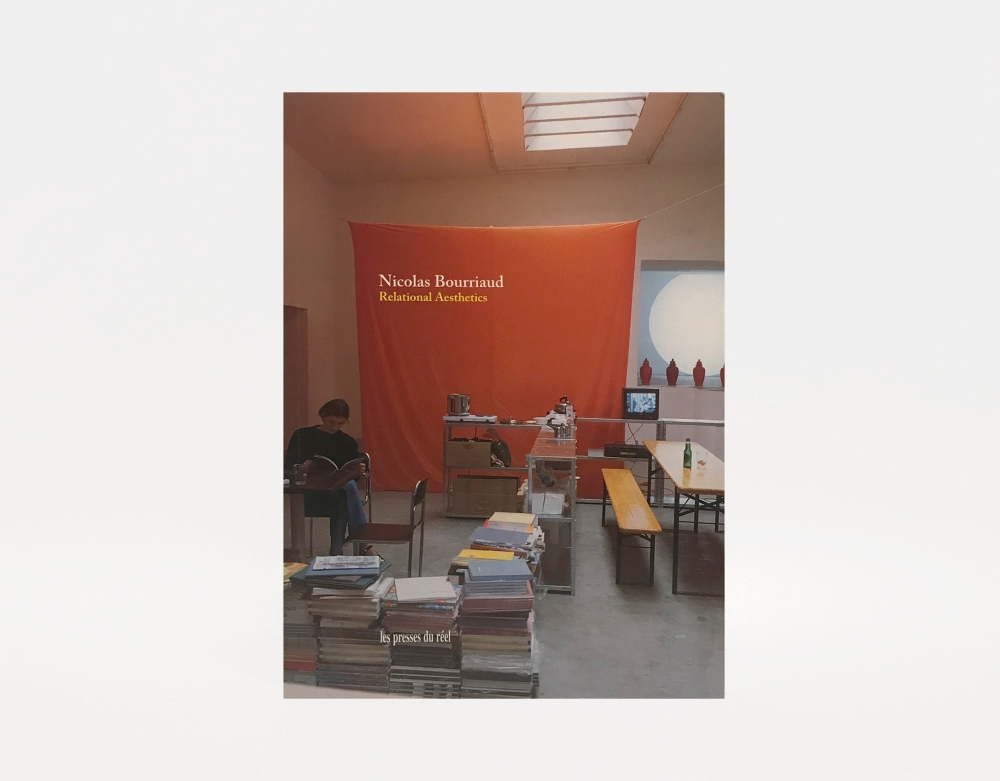
I first came across the concept of relationality in my undergraduate art history classes. In the 1990s, Nicolas Bourriaud popularized the term “relational aesthetics” to refer to a kind of art practice that takes human relations as its point of departure, emphasizing the interaction between spectators and creators. But Bourriaud’s schematization has been criticized by art historians like Claire Bishop, who claimed that the term only “enhances the status of the curator, who gains credit for stage-managing the overall laboratory experience.” The ABCs of Dramaturgical Ecologies event underlined a related critical concern: dramaturgy must account for race and incorporate a material analysis of diverse lived experiences.
This socially-conscious approach to relationality was evident in Boye’s residency at the Art Gallery of Ontario (AGO) in 2018. She explained the project and told us that it asked, “How do you research archives to tell stories about Blackness without violating the subjects’ privacy?” Boye decided to archive herself. Learning conservation practices from Sherry Phillips and Amy Furness, Boye asked guests to parse through documents of her dancing life using archival finding aids and white gloves. To her surprise, people were most interested in objects that were relatively insignificant to her. She wondered how she encountered the archives of other Black artists. In the second part of her residency, she asked Natasha Powell to teach her Lindy Hop for six weeks. By learning gestures and movements of Black dance, Boye embodied a gestural archive of her ancestry and revived it for others through the body. This archival-relational practice resembles Mélanie Demers’ dramaturgical strategies. Demers told us that she often digs through the archives of her collaborators to find traumas, identities, and histories that animate their movements. “This meeting is where dramaturgy happens for me,” Demers explained, “Blackness, in particular my Blackness, is being filtered through other people, sometimes Black, sometimes not. I wouldn’t use a neutral canvas, but I would use some sort of vector. My fantasies and desires go through someone as vector.” Archiving too, is a necessarily relational exercise, but these relations ought to acknowledge our different lived experiences.
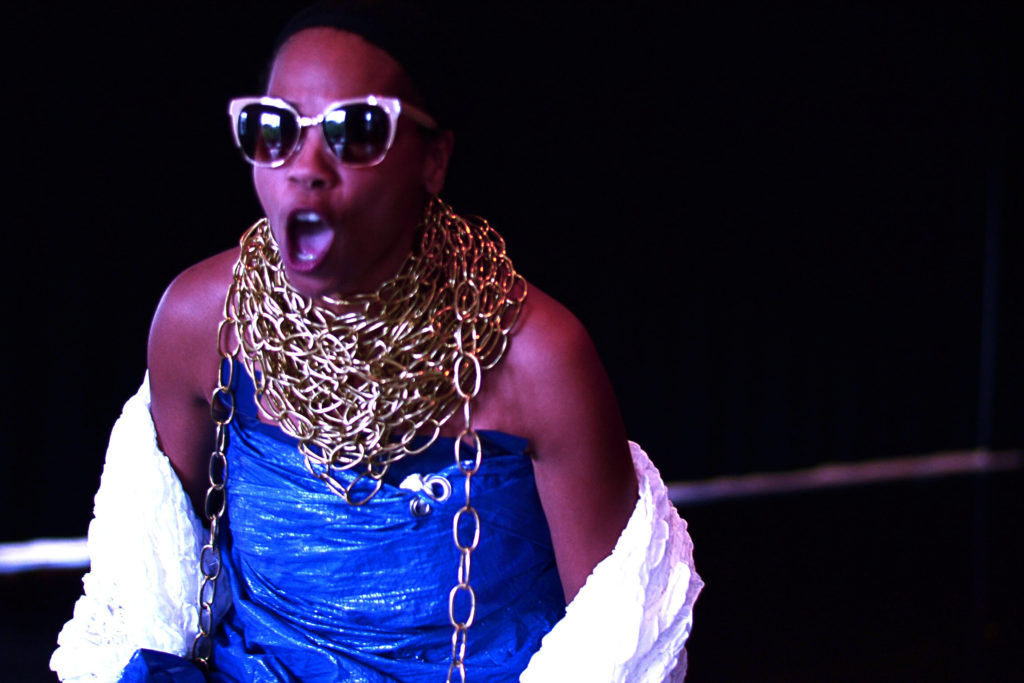
Being relatively unfamiliar with dance dramaturgy and Black studies, the event proved to be illuminating. I realized that dramaturgy does not reside within the subject but in the space between. It is the ephemera of our interactions and the life lessons that vibrate in interpersonal instruction. For Boye, the archive only expands in meaning through others learning about Black history, which resonates with Demers’s experience of dramaturgy and Blackness through vectors. During the event, Professor Willkie asked all of us, “What comes back to you? How is your experience of Blackness changed by those other vectors?” Demers thinks of relationality horizontally, while Boye said it comes back to her in the classroom, or through the “anger that you didn’t realize you had and then you release it.” Here the concepts of circle and fugitivity reappeared, making me wonder how my own experiences are refracted through others. During the question period, Esie Mensah, also a dramaturg, asked Boye and Demers how they knew when they “had arrived.” This was a tricky question to answer for both artists who said there are some moments when they felt they have arrived, but these never last. Relationality and the body-as-archive work through circles of eternal return that connect us to the world and back to ourselves. It is our role as allies and scholars, to be aware of our relations and use dramaturgy to activate catharsis and fugitivity, exploring the embodiments of Blackness in egalitarian and just ways.
Bibliography:
Bishop, Claire. “Antagonism and relational aesthetics.” October 110 (2004): 51-79.
Bourriaud, Nicolas, Simon Pleasance, Fronza Woods, and Mathieu Copeland. Relational Aesthetics. Dijon: Les presses du réel, 2002.

